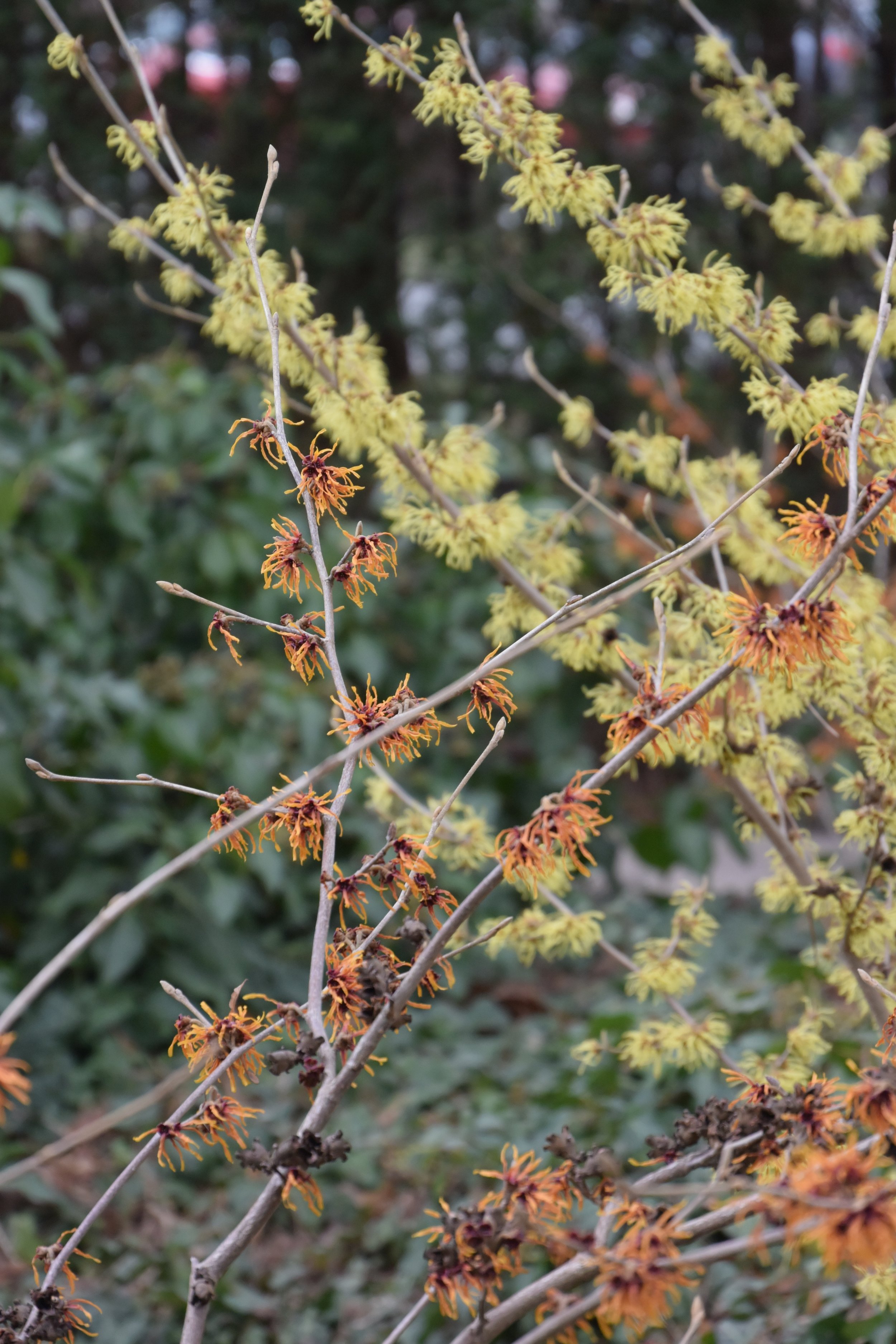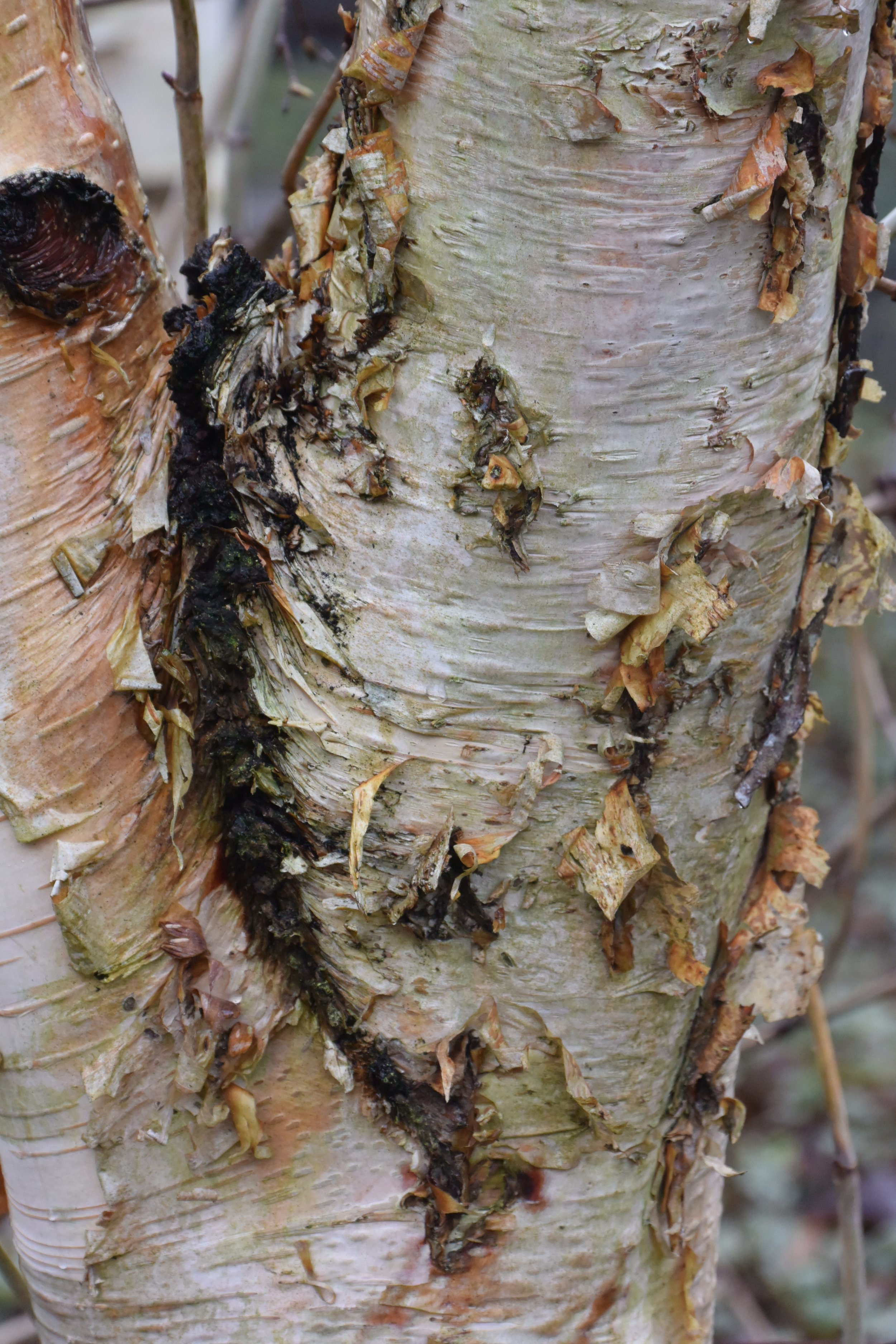winter colour in the garden – insight into winter plants & shrubs
Introduction to winter’s hidden palette
Yellow stems of Dogwood against blue sky
There is a common view that gardens in winter don’t look very attractive. This is a misunderstanding.
When thinking about how we could enjoy our gardens more in the winter months, we need to look at how we can incorporate winter colour into the garden by introducing plants that will flower during late season. Having more colour in our gardens during winter months will definitely lift our spirits.
There is a variety of late flowering perennials, as well as shrubs and trees, that could fill our gardens with much needed colour in winter.
Exploring winter-flowering varieties
Winter colour in the garden can be achieved by planting perennials like Hellebores, also known as Christmas Rose. The Hellebore species delivers a fantastic array of colours – the blooms range from white, lime to pink, red, yellow, some are almost black.
Hellebore also vary in terms of their foliage shapes and tones of green, further enhancing the colours and textures in a winter garden.
Cyclamen coum, Hardy cyclamen, is another perennial that is worth considering. There are varieties that produce white, pink or red blooms. Cyclamen will not only bring a much-desired pop of colour, but its striking foliage will contrast beautifully with other evergreens.
There is also a great variety of shrubs that can enhance winter colour in the garden.
Fatsia japonica, commonly known as Caster Oil, is a very elegant, evergreen shrub. This plant produces amazing umbels of white, frothy flowers. The flowers of Fatsia are also adored by bees and other insects, which is an important feature especially in winter.
Hamamelis shrub - orange and yellow varieties
A shrub worth mentioning for its splendid winter booms is Camellia sasanqua, Camellia. It flowers quite early in comparison with other species (October-January). The colour of the flower ranges from white to pink and red. Camellia is also one of those plants that is worth considering for its fantastic shiny, evergreen foliage.
To introduce a bit of a fiery drama to a winter garden it is worth considering Hamamelis shrub, known as Witch Hazel. It is a beautiful winter flowering shrub, whose blooms with spidery petals are closely attached to the stems. Many different cultivars of Hamamelis are available, with flowers ranging from sulphur-yellow, to orange and purple-red tones. Also, many varieties have flowers that are very fragrant.
Attractive winter bark & stems
Trees and shrubs with attractive bark can form a focal point in a garden and deliver desired winter colour. Moreover, the bark texture can enhance the perception of the colour.
Maple trees (Acers) are known for producing a variety of beautifully textured barks, mainly in grey and silver. There is also a variety like Acer griseum with peeling bark, that makes an eye-catching feature in a winter garden.
Birch is another great example of a tree with fantastic bark. Its colour can range from ice white to pink, red and mahogany. There are also varieties of birch with peeling bark.
Birch tree, beautiful peeling bark
A tree that can bring a very welcome burst of colour in a late season garden is a Tibetan cherry tree (Prunus serrula). Its smooth bark has a deep mahogany colour, it is patterned with characteristic horizontal markings and as it ages it peels, revealing polished underneath.
Foliage that shines
Winter colour in the garden can also be intensified by introducing varieties of evergreen plants with great foliage.
As green is the main building block of many winter gardens we could make this monochromatic experience more interesting by combining plants with different foliage shapes and textures.
Hellebores are a very good example of a winter plant with distinctive leaves that together with simple, less showy leaves of Carex grass for example, can create a beautiful visual combination.
It is also worth mentioning plants with variegated foliage that can brighten up the garden in winter. Good examples are: an Ivy plant (Hedera), Winter creeper (Euonymus), Hebe plants or variegated Japanese spurge (Pachysandra terminalis).
Strategic planting for best visual appeal
Many plants that provide winter colour in the garden are less showy during the rest of the year. Therefore, it is important to carefully think about the positioning of these plants.
To complement evergreen features of these winter flowering shrubs, we could plant them with plants that will provide interest during spring and summer.
These evergreen shrubs will create a quiet, green backdrop for showy perennials and ornamental grasses.
There are also shrubs that will lose their foliage (deciduous shrubs), but will bring winter colour in the garden through flowers appearing on bare branches. To add more interest around the bare trunks of these shrubs we could underplant them with evergreen perennials, ornamental grasses, or spring bulbs.
Get in touch if you need advice on how to incorporate colour and create more interest in your garden for winter months.



